
More than 9 in 10 people in the U.S. had some type of health insurance coverage in 2022, according to the latest data from the U.S. Census Bureau. Nationwide, 8.0% of Americans went uninsured for the year.
However, the rates of coverage can vary widely from state to state.
To extend health coverage to more Americans, the Affordable Care Act of 2010 gave states the option to expand eligibility for Medicaid. The expansion brings the joint federal and state health insurance program primarily for people with low incomes to more Americans with incomes below a new threshold of the federal poverty level.
Kentucky, like nearly every other state on this list, is among the majority of states that had expanded their Medicaid programs as of Jan. 1, 2022, the U.S. Census Bureau reports.
Following are the states with the smallest proportion of uninsured residents and, therefore, the biggest share of people covered by health insurance.
For a look at the states at the opposite end of this spectrum, check out “15 States Where the Most People Lack Health Insurance.”
14. Kentucky (tie)

Share of state’s population without health insurance coverage in:
- 2022: 5.6%
- 2021: 5.7%
- 2019: 6.4%
- 2010: 15.3%
State’s Medicaid expansion status as of Jan. 1, 2022: Expanded
14. Delaware (tie)
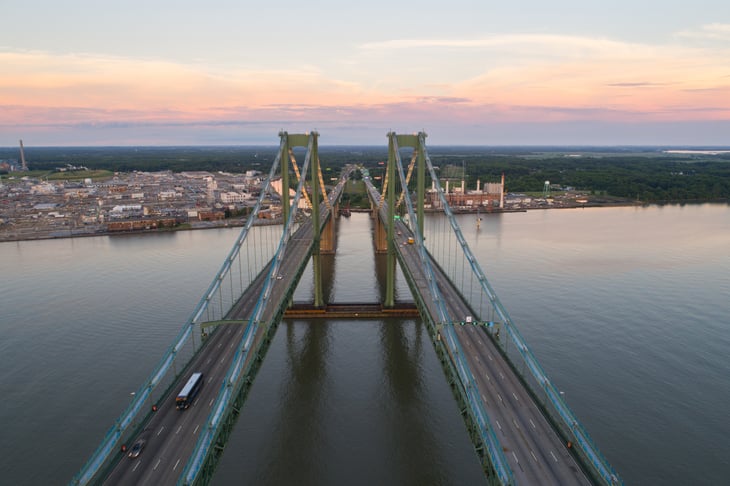
Share of state’s population without health insurance coverage in:
- 2022: 5.6%
- 2021: 5.7%
- 2019: 6.6%
- 2010: 9.7%
State’s Medicaid expansion status as of Jan. 1, 2022: Expanded
13. Pennsylvania
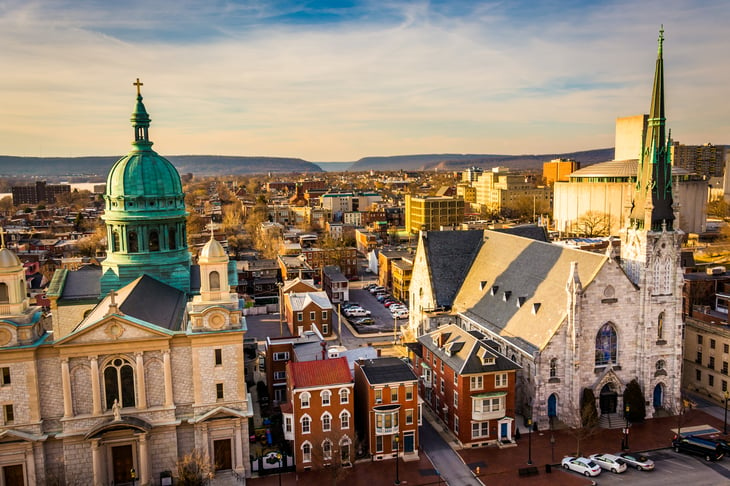
Share of state’s population without health insurance coverage in:
- 2022: 5.3%
- 2021: 5.5%
- 2019: 5.8%
- 2010: 10.2%
State’s Medicaid expansion status as of Jan. 1, 2022: Expanded
11. Connecticut (tie)

Share of state’s population without health insurance coverage in:
- 2022: 5.2%
- 2021: 5.2%
- 2019: 5.9%
- 2010: 9.1%
State’s Medicaid expansion status as of Jan. 1, 2022: Expanded
11. Wisconsin (tie)

Share of state’s population without health insurance coverage in:
- 2022: 5.2%
- 2021: 5.4%
- 2019: 5.7%
- 2010: 9.4%
State’s Medicaid expansion status as of Jan. 1, 2022: Not expanded
9. New York (tie)
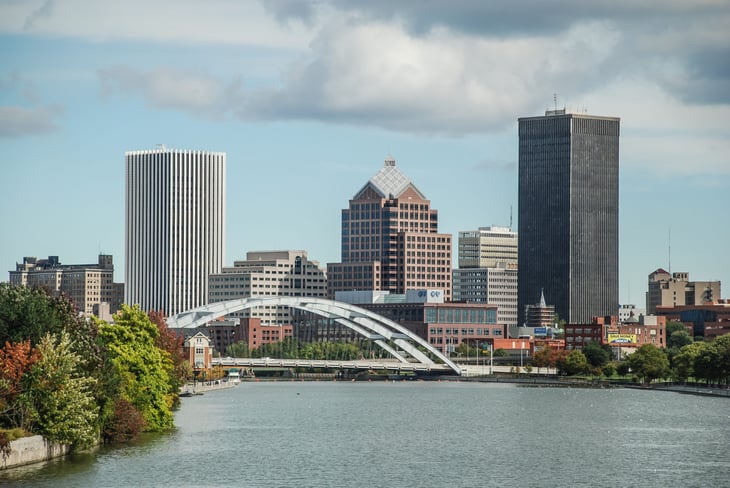
Share of state’s population without health insurance coverage in:
- 2022: 4.9%
- 2021: 5.2%
- 2019: 5.2%
- 2010: 11.9%
State’s Medicaid expansion status as of Jan. 1, 2022: Expanded
9. New Hampshire (tie)
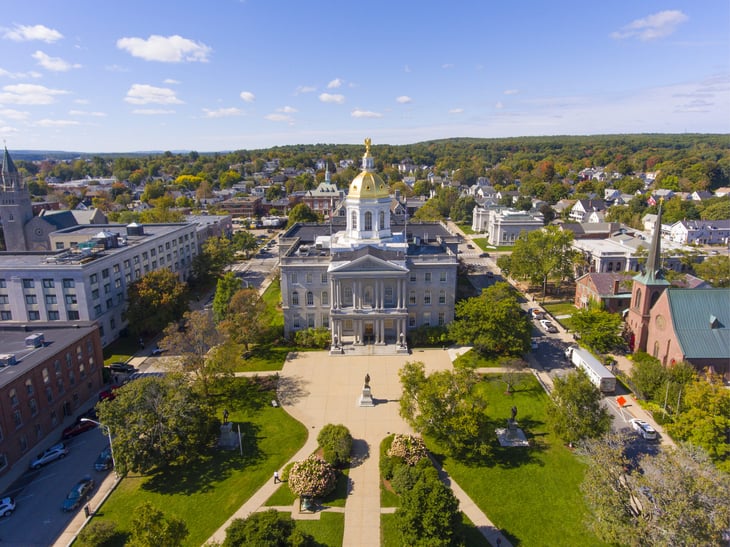
Share of state’s population without health insurance coverage in:
- 2022: 4.9%
- 2021: 5.1%
- 2019: 6.3%
- 2010: 11.1%
State’s Medicaid expansion status as of Jan. 1, 2022: Expanded
6. Iowa (3-way tie)
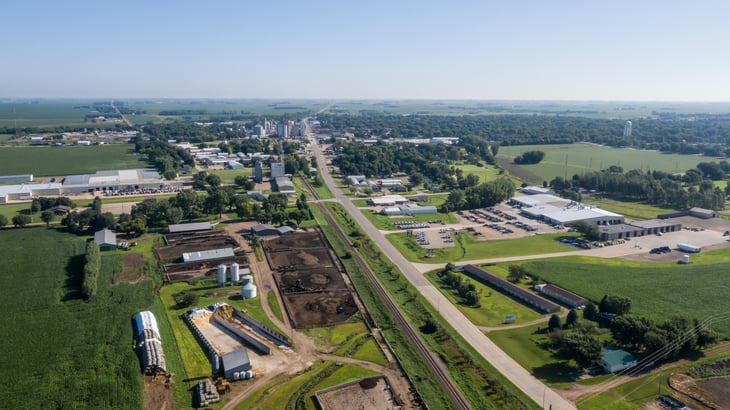
Share of state’s population without health insurance coverage in:
- 2022: 4.5%
- 2021: 4.8%
- 2019: 5.0%
- 2010: 9.3%
State’s Medicaid expansion status as of Jan. 1, 2022: Expanded
6. Minnesota (3-way tie)

Share of state’s population without health insurance coverage in:
- 2022: 4.5%
- 2021: 4.5%
- 2019: 4.9%
- 2010: 9.1%
State’s Medicaid expansion status as of Jan. 1, 2022: Expanded
6. Michigan (3-way tie)
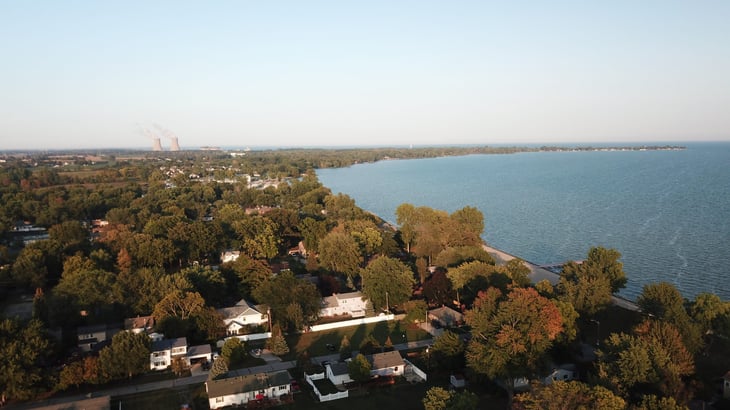
Share of state’s population without health insurance coverage in:
- 2022: 4.5%
- 2021: 5.0%
- 2019: 5.8%
- 2010: 12.4%
State’s Medicaid expansion status as of Jan. 1, 2022: Expanded
5. Rhode Island
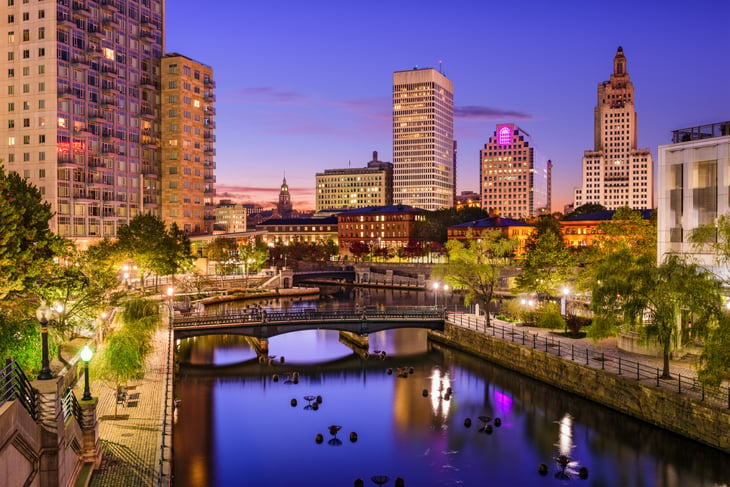
Share of state’s population without health insurance coverage in:
- 2022: 4.2%
- 2021: 4.3%
- 2019: 4.1%
- 2010: 12.2%
State’s Medicaid expansion status as of Jan. 1, 2022: Expanded
4. Vermont
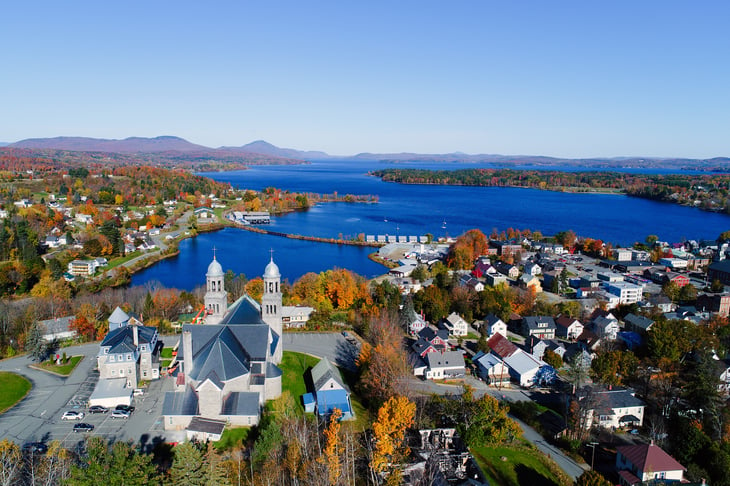
Share of state’s population without health insurance coverage in:
- 2022: 3.9%
- 2021: 3.7%
- 2019: 4.5%
- 2010: 8.0%
State’s Medicaid expansion status as of Jan. 1, 2022: Expanded
3. Hawaii

Share of state’s population without health insurance coverage in:
- 2022: 3.5%
- 2021: 3.9%
- 2019: 4.2%
- 2010: 7.9%
State’s Medicaid expansion status as of Jan. 1, 2022: Expanded
2. District of Columbia
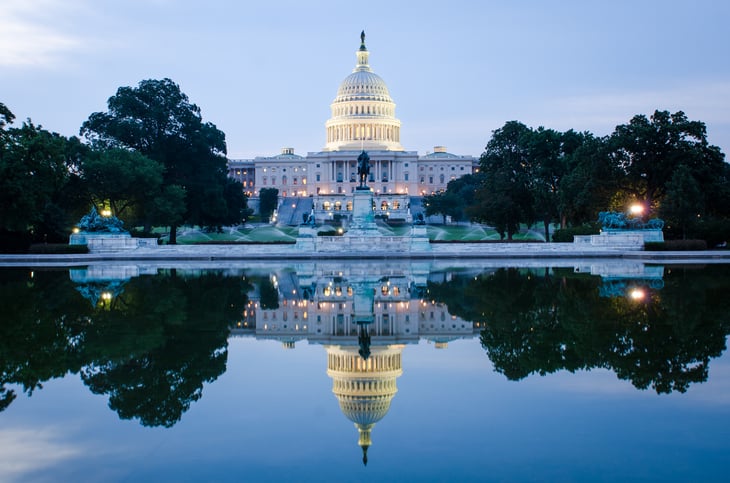
Share of district’s population without health insurance coverage in:
- 2022: 2.9%
- 2021: 3.7%
- 2019: 3.5%
- 2010: 7.6%
District’s Medicaid expansion status as of Jan. 1, 2022: Expanded
1. Massachusetts

Share of state’s population without health insurance coverage in:
- 2022: 2.4%
- 2021: 2.5%
- 2019: 3.0%
- 2010: 4.4%
State’s Medicaid expansion status as of Jan. 1, 2022: Expanded





Add a Comment
Our Policy: We welcome relevant and respectful comments in order to foster healthy and informative discussions. All other comments may be removed. Comments with links are automatically held for moderation.